- Item No: AN2206001
- Specification:48T 100T
Product introduction:
This kit can amplify specific nucleic acid fragments from samples such as feathers, blood, and tissue of various birds (including Psittaciformes, Columbiformes, Galliformes, Ciconiiformes, Gruiformes, and some Anseriformes), using PCR.
It includes an anti-inhibition 2× Taq PCR Master Mix (with dye) and other components required for PCR. The amplified products can be directly subjected to agarose gel electrophoresis for result determination.
Product contents:
| Reagent components | AN2206001-02(100T) |
| Reagent C | 1mL |
| Reagent D | 1mL |
| Reagent E | 100µL |
Storage conditions:
Store at -20℃, the shelf life is at least 12 months
Sample processing:
Refer to the Animal Genomic DNA Rapid Extraction Kit (for PCR Analysis) Instruction Manual from SanshiBio (Product number: DP202) for sample processing. Store the processed samples for later use.
- Experimental operation:
- Sample Preparation (Sample Preparation Area)
- Nucleic Acid Extraction:
- Follow the instructions from the “Animal Genomic DNA Rapid Extraction Kit (for PCR Analysis)” or use any other suitable nucleic acid extraction kit/method that meets the requirements. Extract nucleic acids from the processed samples.
- It is best to test the extracted nucleic acids as soon as possible. Keep them on ice, or store them at 4°C or -20°C if not immediately used.
- Preparing the Reaction System (Sample Addition Area)
2.1 Reaction Mixture Preparation:
- Calculate the volume of reagents needed based on the number of samples.
- The specific preparation is as follows: Pipette (n × 7.5 µL of Test Reagent C + n × 10 µL of Test Reagent D + n × 1 µL of Test Reagent E) into a clean centrifuge tube. Mix thoroughly by pipetting, and aliquot 18 µL into each well of a 0.2 mL PCR tube (centrifuge tube). (If there are many samples, prepare the mixture in advance and store it briefly at 2-8°C; use within 2 hours.)
2.2 Add 2 µL of the extracted sample nucleic acid to each reaction mixture, cap the tubes, record the details, and bring the total volume to 20 µL per reaction. Mix well and centrifuge for 30 seconds before placing in a PCR machine for amplification.
PCR Amplification (Amplification and Product Analysis Area)
PCR Protocol:
- Initial denaturation at 94°C for 3 minutes.
- 32 cycles of: 94°C for 30 seconds (denaturation), 50°C for 45 seconds (annealing), 72°C for 50 seconds (extension).
- Final extension at 72°C for 8 minutes, then hold at 4°C.
- Cool the amplification products thoroughly at 4°C (or quickly at -20°C for about 5 minutes) for 15 minutes.
Agarose Gel Electrophoresis(Using horizontal agarose gel electrophoresis as an example)
4.1 Preparing the Gel:
According to the amount of gel to be cast and the gel concentration (1%~1.5%), measure an appropriate volume of electrophoresis buffer (TAE or TBE, with product numbers DA001 or DA002 respectively, or equivalent products meeting the requirements), and pour it into a triangular flask.
Note: The gel casting buffer and electrophoresis buffer must be consistent.
4.2 Carefully weigh the agarose (Product number: DA003, or an equivalent brand), and add it to the flask. Cover the flask with parchment paper or sealing film and dissolve the agarose by heating it in a microwave. Heat until boiling, wear heat-resistant gloves, and gently swirl the flask. Repeat until the agarose is fully dissolved.
Note: The agarose dissolution process should use multiple brief boilings to prevent the solution from overheating and boiling over. Ensure that the agarose is fully dissolved to avoid causing unclear electrophoresis images.
4.3 Add nucleic acid dye (Product number: DA004, or an equivalent brand) to the fully dissolved agarose.
4.4 Pour the agarose solution into a gel casting tray and insert a comb at appropriate positions. The gel thickness should be between 3 to 5 mm.
4.5 Allow the gel to solidify at room temperature (about 30 minutes to 1 hour). Carefully remove the comb and place the gel in an electrophoresis tank pre-filled with electrophoresis buffer.
Electrophoresis and Sample Loading:
4.6 Load 5 µL of DNA Marker (Product number: DA005, or an equivalent brand) and 10 µL of the cooled amplification products into the wells. After loading all samples, let stand for 2 minutes before turning on the power supply. Set the voltage (70-120V) and run time (20-30 minutes) according to the conditions.
Result Interpretation
Determining Results:
- If a single band appears at approximately 700 bp, the sample is determined to be male.
- If two amplified bands appear around 700bp and 400bp (or only one amplified band appears around 400bp), the sample is determined to be female.
- If no bands are visible, the specific genes for avian gender identification were not detected in the sample. It is recommended to redo the nucleic acid extraction and amplification or contact the manufacturer’s technical support for assistance.
Precautions:
- To prevent contamination, the experiment should be strictly partitioned, with physical isolation between different zones to avoid cross-contamination caused by human factors. Wear lab coats and latex gloves during the experiment, and use separate tools in different areas. Gloves and lab coats should be changed when moving between areas.
- Reagents should be fully thawed before use, but repeated freeze-thaw cycles should be avoided. Follow the instructions strictly for reagent preparation and sample addition. Workbenches, centrifuges, pipettes, and other instruments should be regularly disinfected using chlorine-containing disinfectants, ethanol, nucleic acid decontamination agents, or UV lamps.
- After the PCR reaction is completed, do not open the lid immediately. Wait for it to cool sufficiently before opening to avoid aerosol contamination to the maximum extent possible.
- This kit is only used for amplifying specific genes in some non-passerine birds (poultry), for other related products, please consult Sanli Bio. This product is for scientific research use only and is not intended for clinical diagnosis or other purposes.
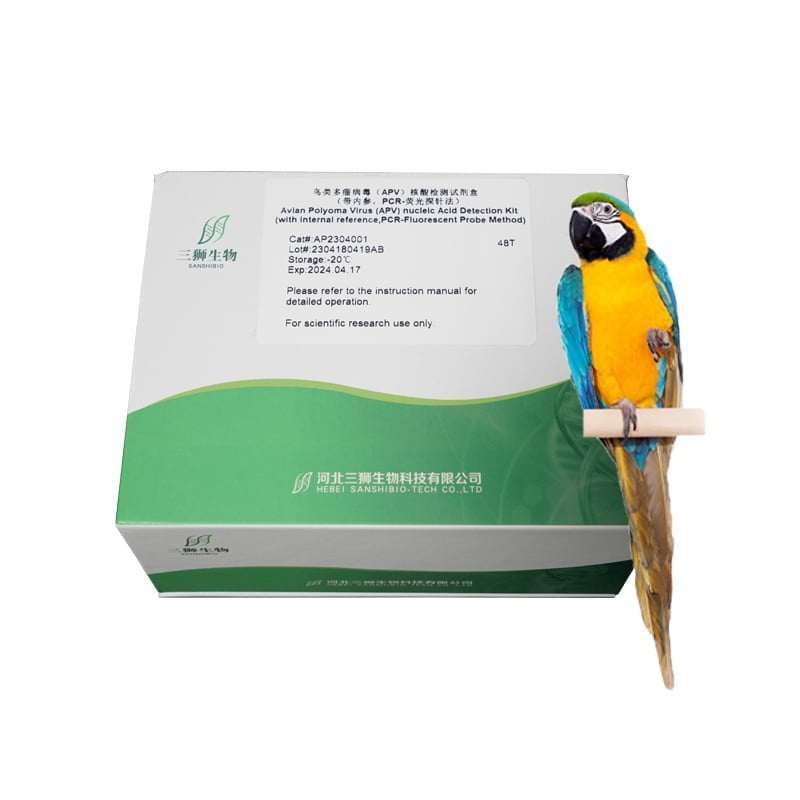
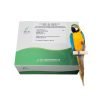
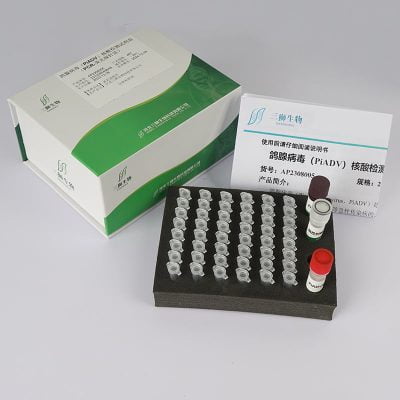
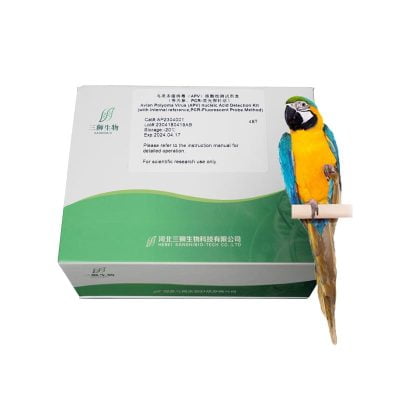
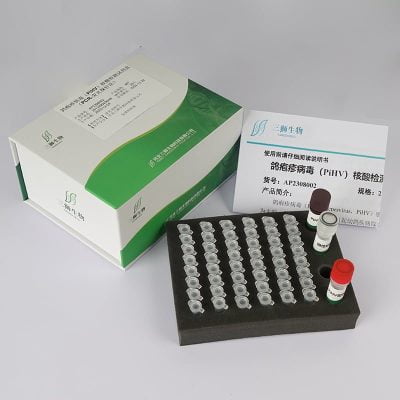
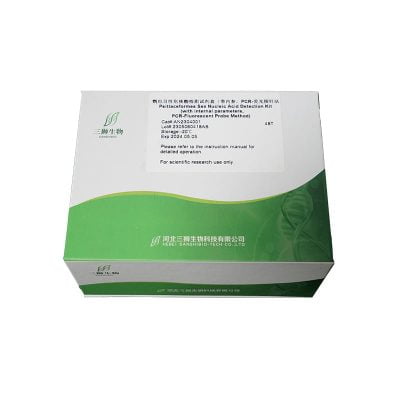
Reviews
There are no reviews yet.